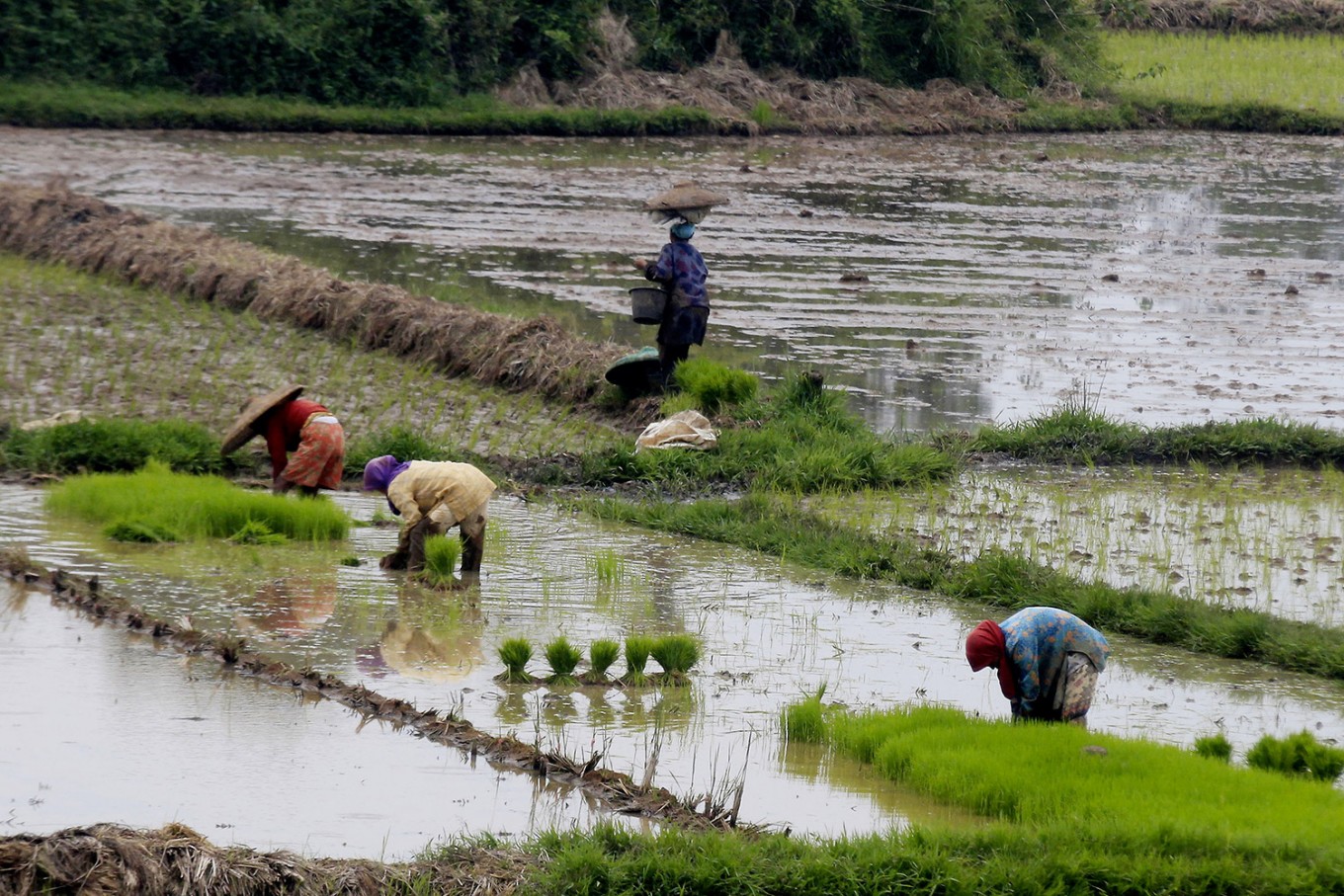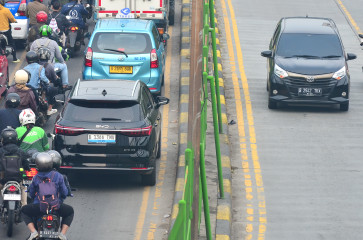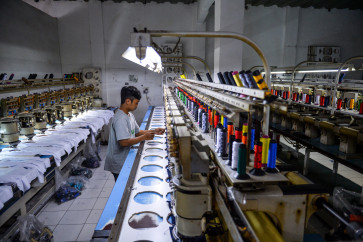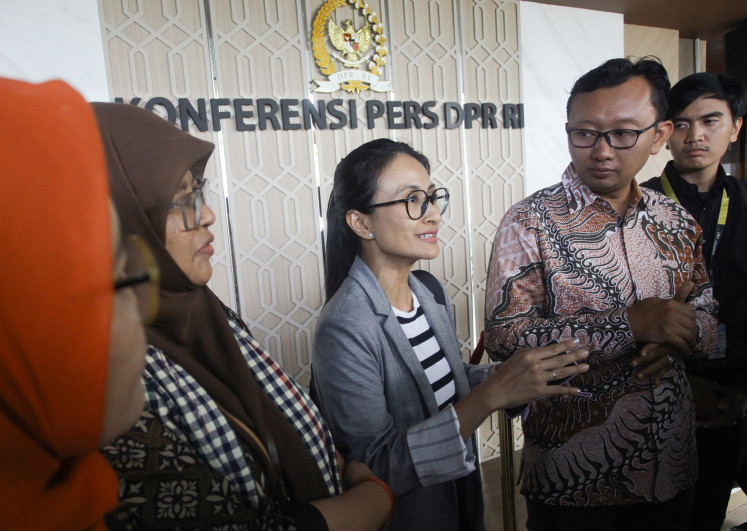Popular Reads
Top Results
Can't find what you're looking for?
View all search resultsPopular Reads
Top Results
Can't find what you're looking for?
View all search resultsEmployment shifts to rural areas in 2016: ADB
Change text size
Gift Premium Articles
to Anyone
A
s urban job creation stagnates in 2016, many employment opportunities are shifting to rural areas supported by dana desa (village funds) amid the prolonged wet season due to La Niña.
Based on Central Statistic Agency (BPS) data, in February 2016 the employment rate decreased by 200,000 compared to February 2015, the first negative growth after 8.8 million new jobs were created in the previous four years from 2011 to 2015. However, rural agriculture employment in February 2016 increased by 2 percent, compared to February 2015, the first positive growth after negative figures from 2013 to 2015.
"The urban labor market contracted but it [was] picked up by the rural job market," ADB Economist Emma Allen said during an Asian Development Outlook 2016 presentation at the ADB Jakarta office on Tuesday.
Manufacturing jobs had not been improving in 2016, forcing people in urban areas to come back to their hometowns for agricultural jobs. The job creation in rural areas contributed to the decline in rural poverty by 14.1 percent in March compared to the same month in 2015.
"But it is not too sustainable," Allen continued.
Agricultural jobs are seasonal and there is a risk that heavy rains could damage crops later in 2016. If the weather improves in 2017, the sector will be better, combined with commodity prices that are already showing a slight recovery. (evi)










